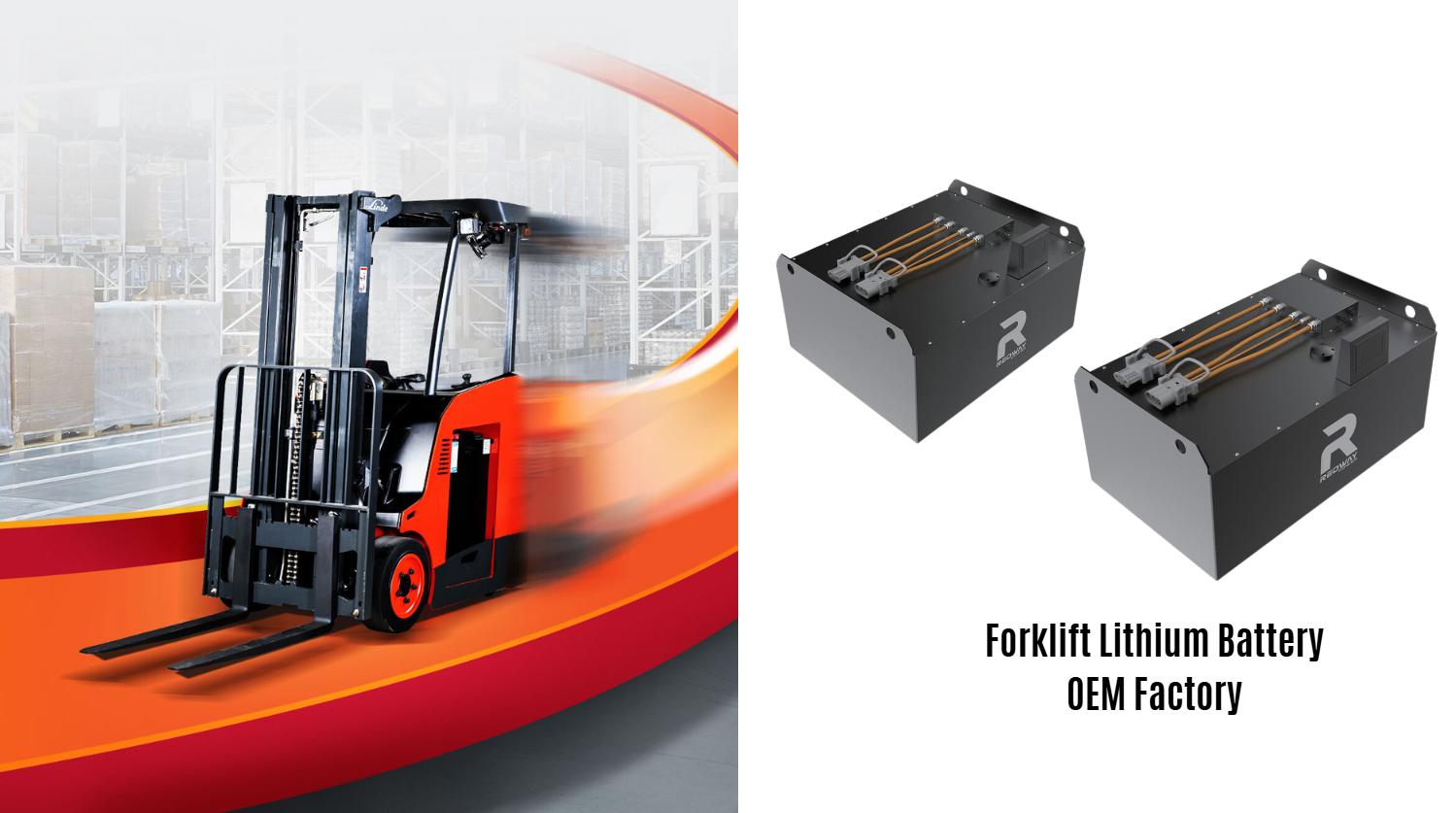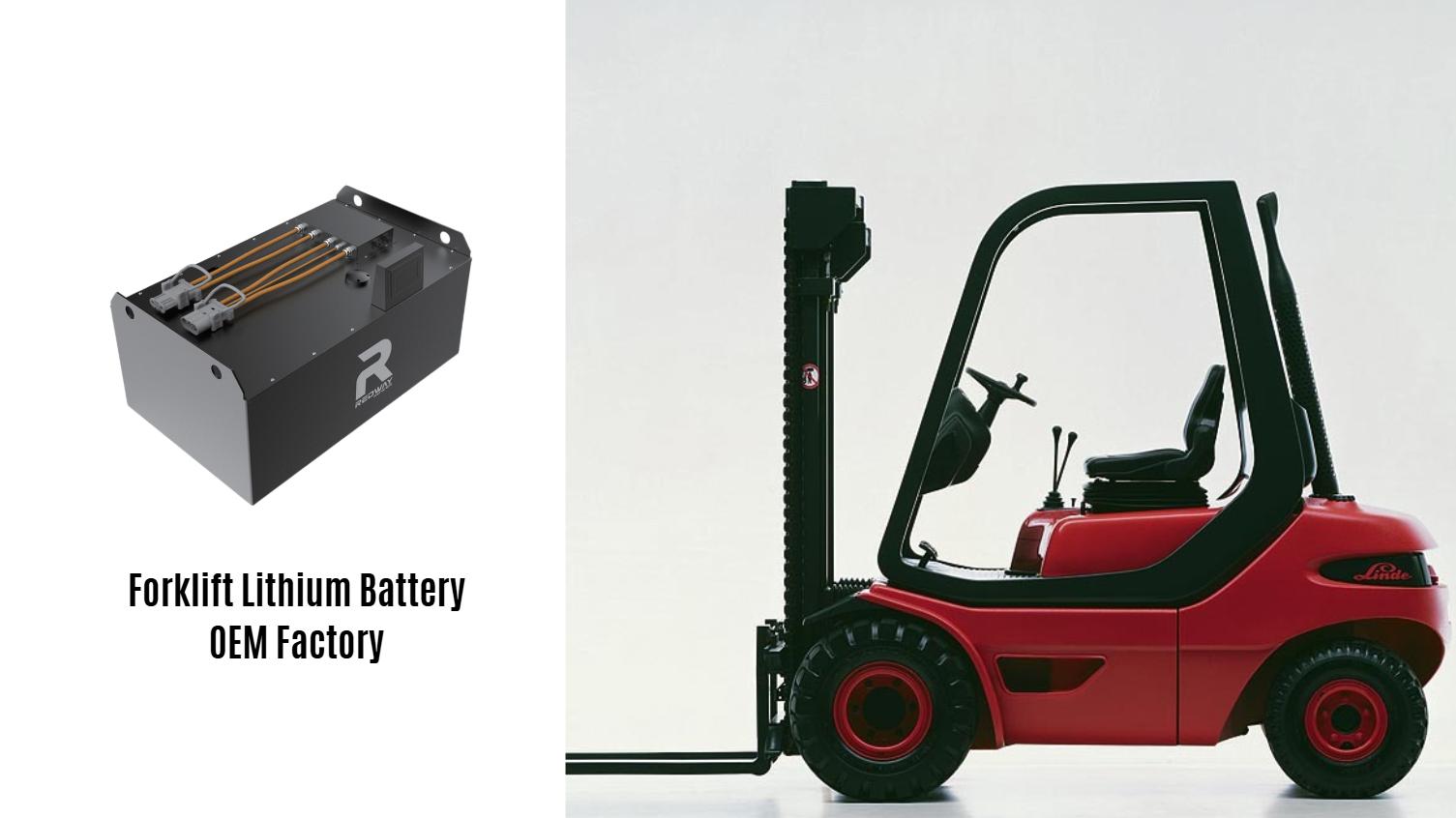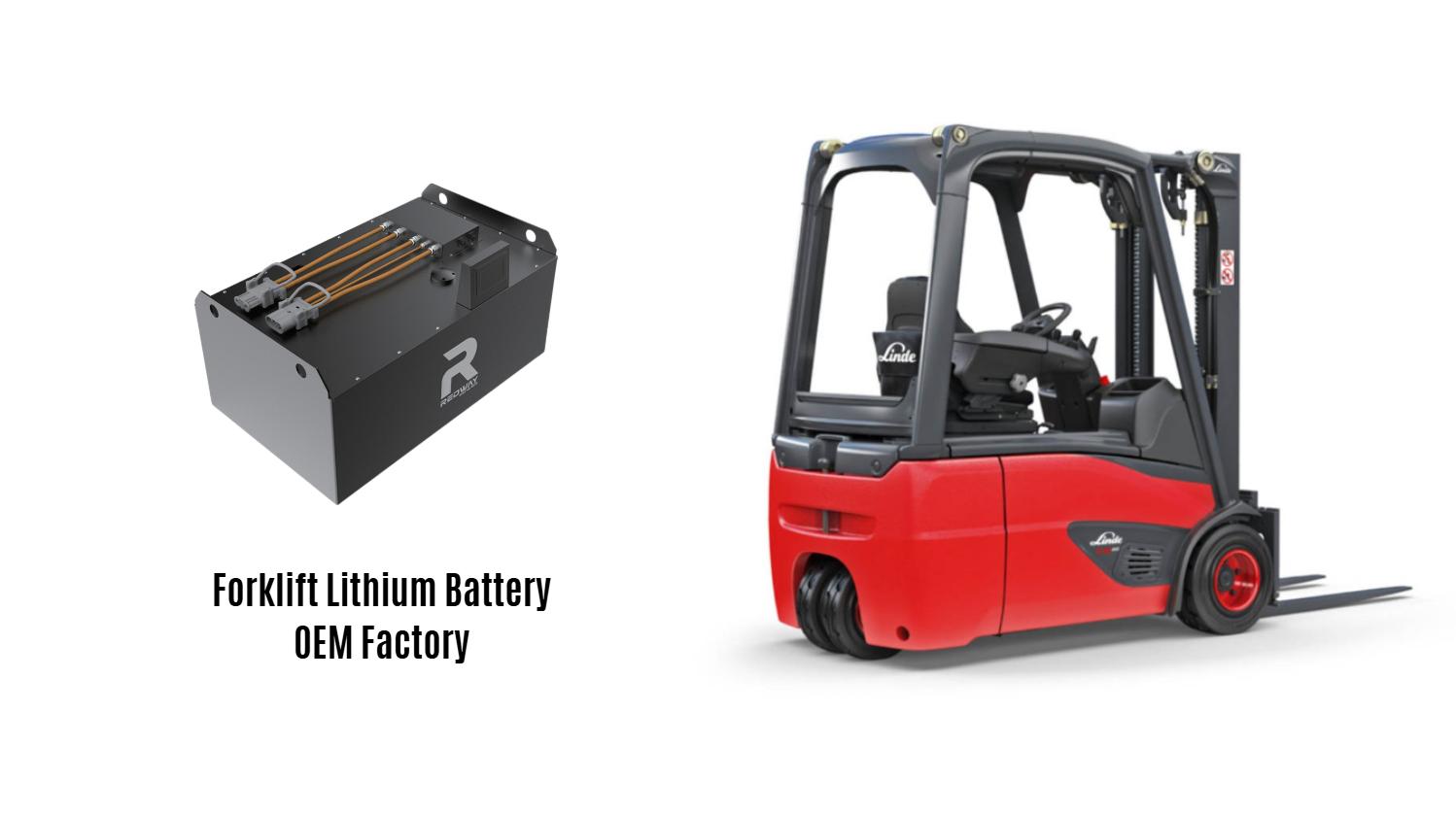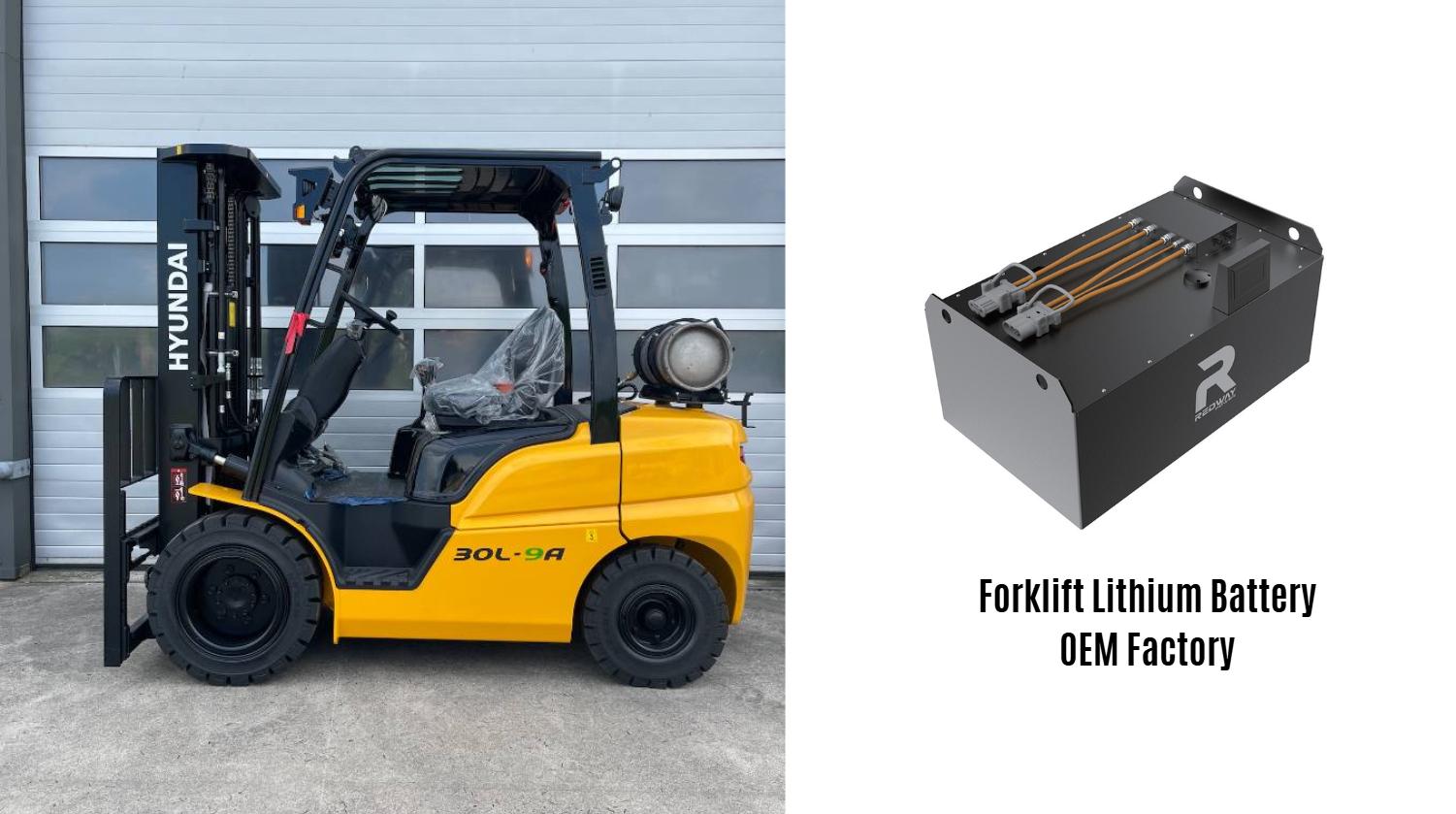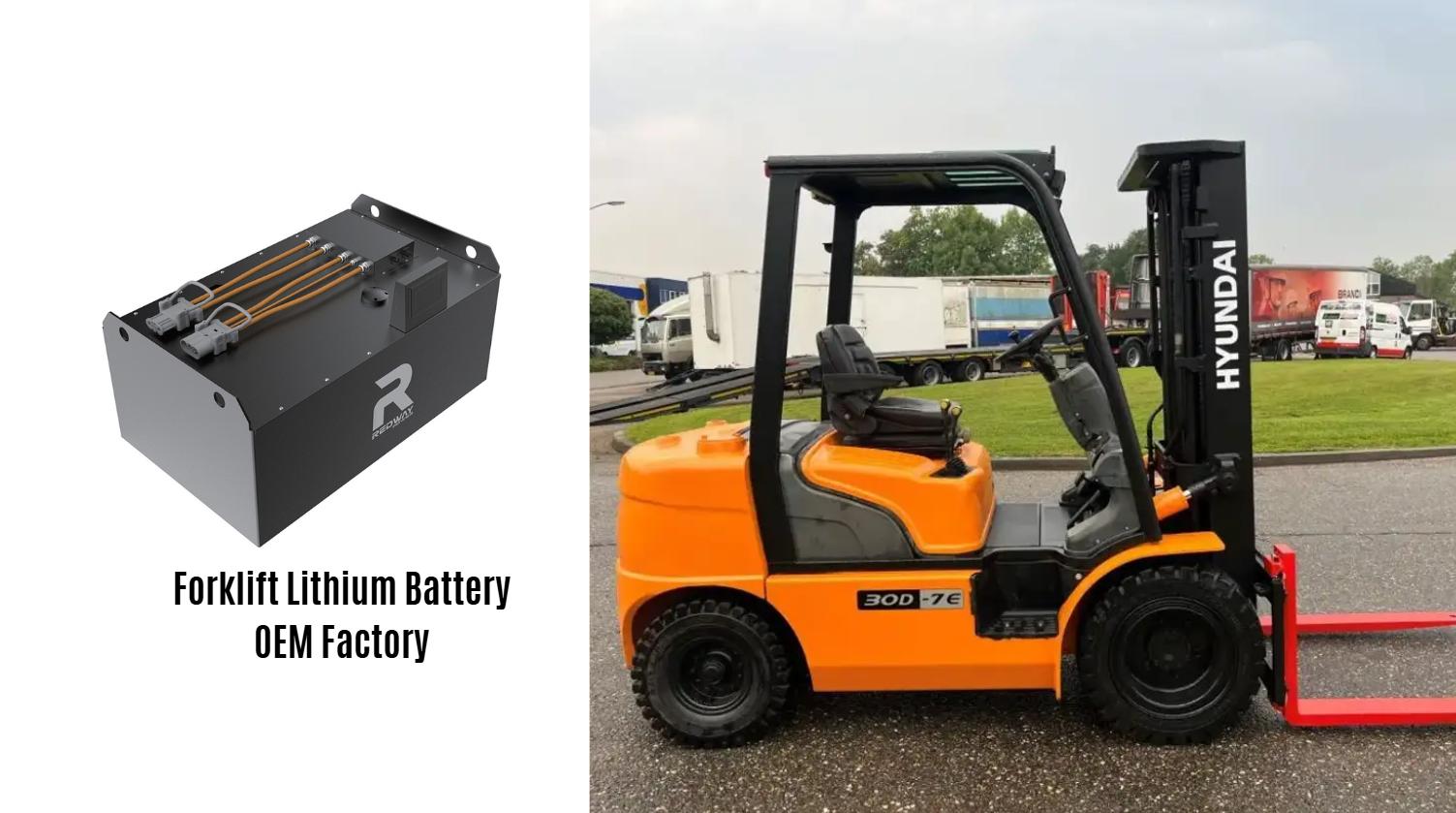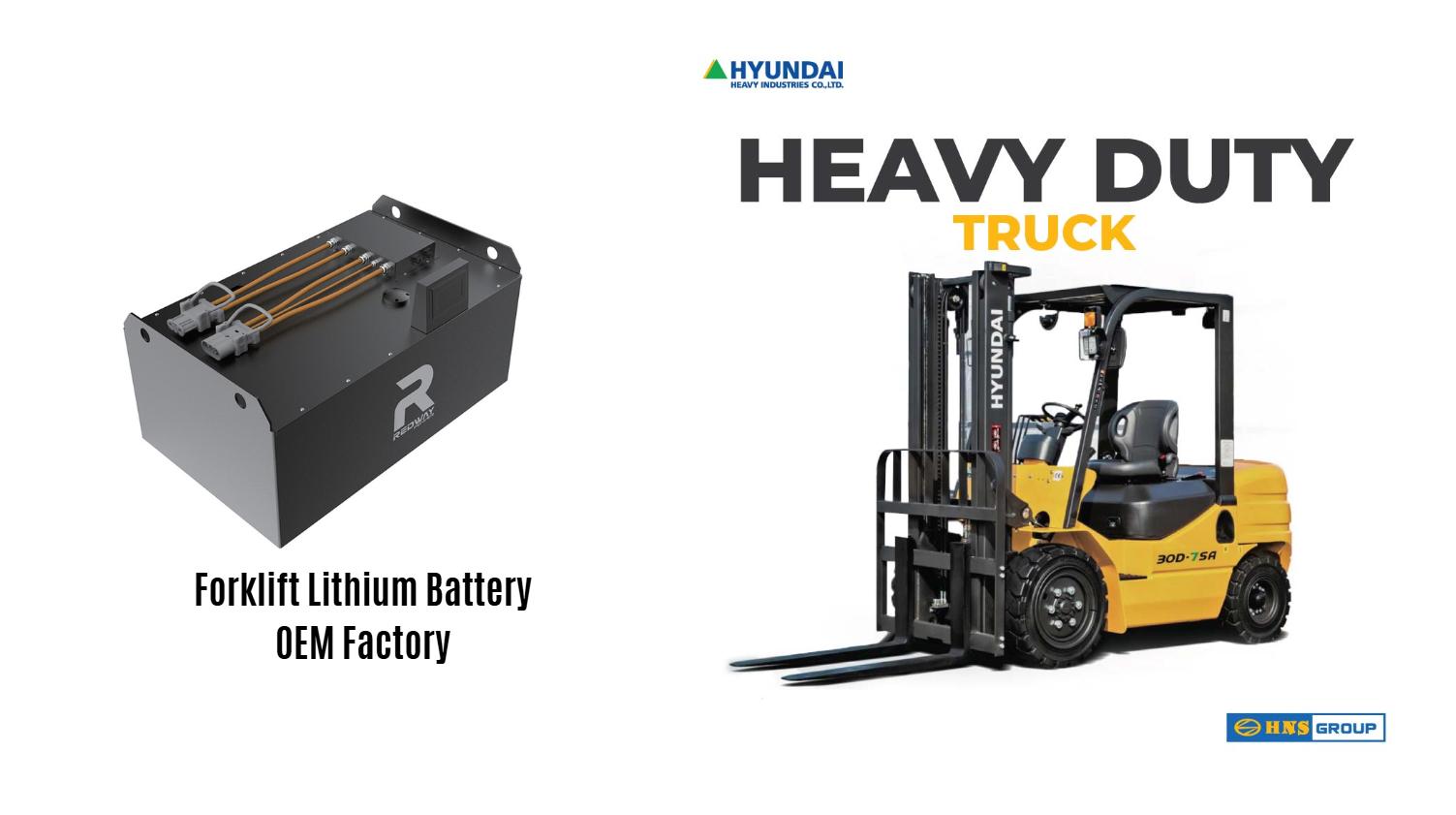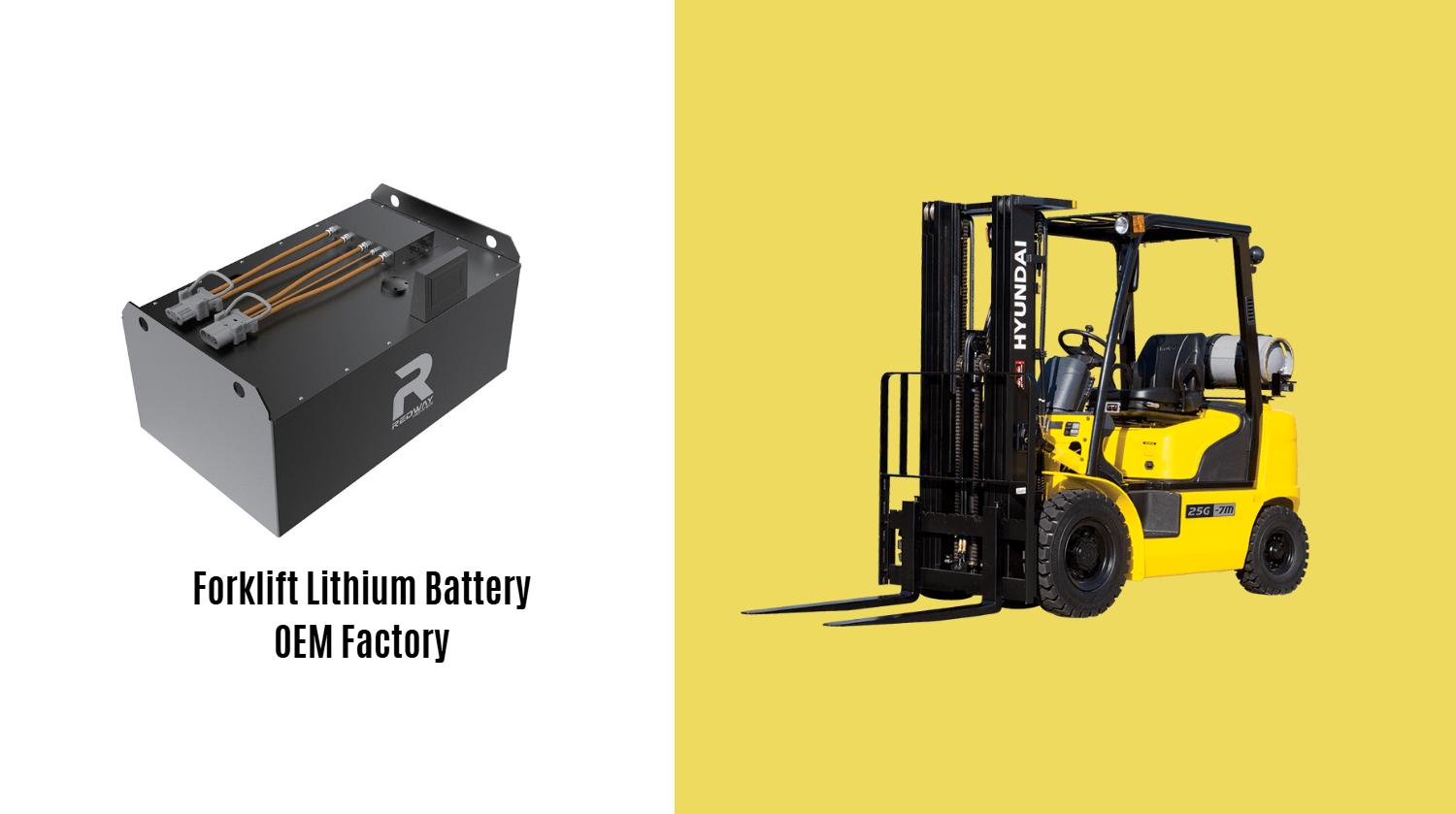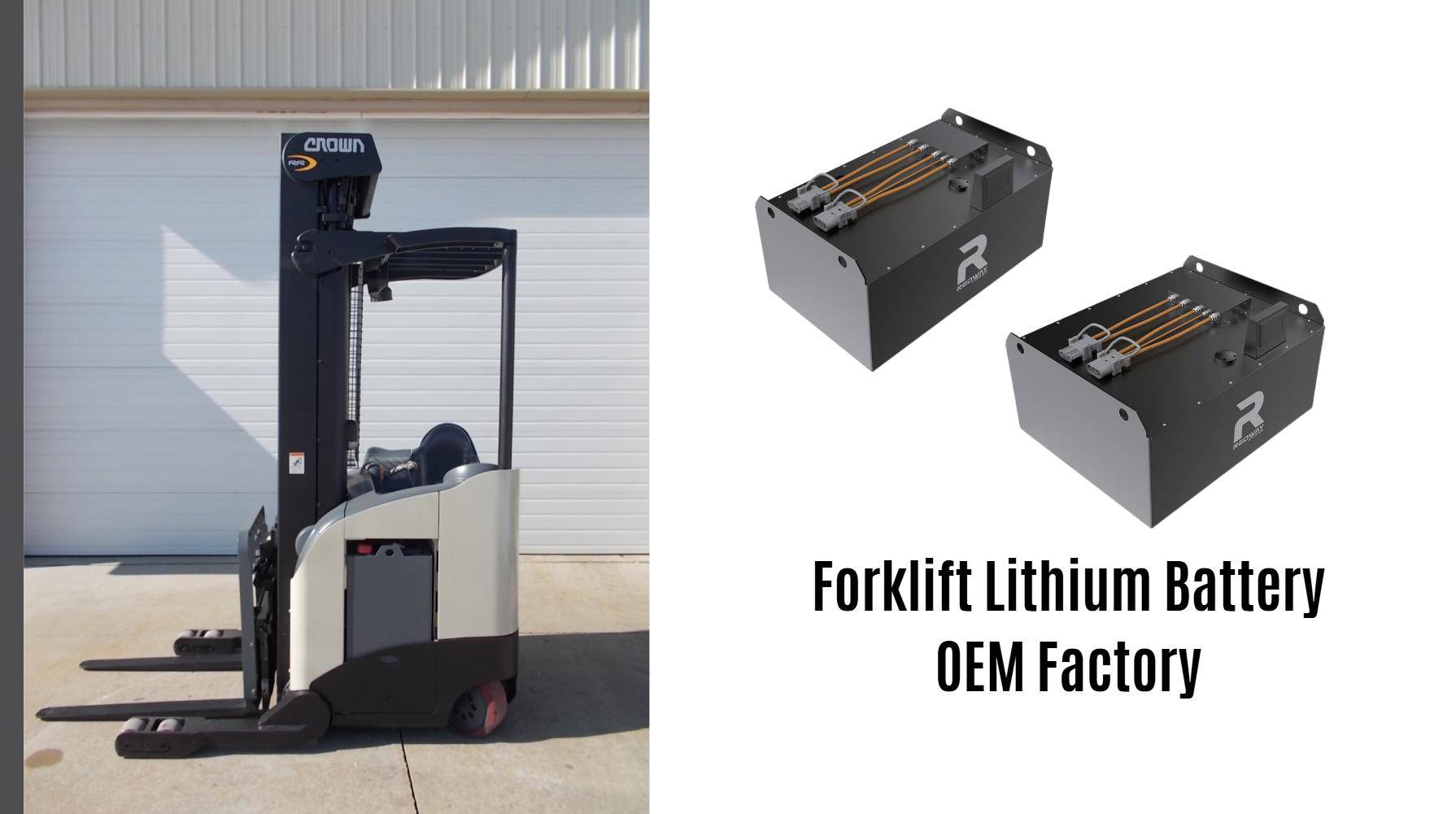How to Clean Forklift Battery for Corrosion Prevention?
Cleaning your Linde forklift battery regularly is essential to prevent corrosion, extend its lifespan, and ensure safe operation. Corrosion can damage battery components, reduce performance, and even pose safety hazards. By following a proper cleaning routine, you can maintain your battery’s efficiency and reliability. Let’s answer some common questions: Why is cleaning important? How often should I clean? What supplies do I need?
Why Is Cleaning Your Linde Forklift Battery Crucial for Preventing Corrosion?
Cleaning your Linde forklift battery is crucial because it removes corrosive substances that accumulate over time. Sulfuric acid, a key component of lead-acid batteries, can react with metal components, leading to corrosion. This corrosion can damage terminals, cables, and connectors, reducing conductivity and overall battery performance. Cleaning prevents this buildup, ensuring optimal functionality and prolonging battery life.
What Causes Corrosion on Linde Forklift Batteries?
Corrosion on Linde forklift batteries is primarily caused by the interaction of sulfuric acid with metal components. During the charging process, batteries release gases that can create a residue around the vent cap area. This residue contains sulfuric acid, which, over time, corrodes the terminals and other metal parts, forming a powdery white or bluish substance.
How Often Should You Clean Your Linde Forklift Battery to Prevent Corrosion?
The frequency of cleaning depends on the operating environment and battery usage. A good rule of thumb is to inspect the battery every two weeks and clean it whenever the top appears dirty or damp. In dusty or harsh environments, more frequent cleaning may be necessary. Regularly cleaning at least once a month can significantly reduce the risk of corrosion.
What Supplies Do You Need to Safely and Effectively Clean a Linde Forklift Battery?
To safely and effectively clean a Linde forklift battery, gather the following supplies:
-
Gloves: To protect your hands from acid.
-
Safety Goggles: To protect your eyes from splashes.
-
Hot Water: (130°F to 170°F) for dissolving cleaning agents.
-
Baking Soda or Household Ammonia: To neutralize acid.
-
Detergent: Used for general cleaning.
-
Clear Water: To rinse the battery.
-
Clean Paintbrush: To apply the cleaning solution.
-
Wire Battery Terminal Brush: To remove heavy corrosion.
-
Damp Cloth: To wipe off vent tops.
-
Battery Cleaner: A dedicated battery cleaner product.
How Do You Safely Disconnect and Prepare a Linde Forklift Battery for Cleaning?
Before cleaning a Linde forklift battery, follow these safety steps:
-
Turn off the forklift and ensure it is properly secured.
-
Disconnect the battery cables, starting with the negative terminal.
-
Inspect the battery for any visible damage, such as cracks or leaks.
-
Ensure the area is well-ventilated to dissipate any released gases.
-
Make sure the battery’s vent caps are tightly in place.
What Is the Best Method for Cleaning a Linde Forklift Battery to Remove Corrosion?
The best method for cleaning a Linde forklift battery involves the following steps:
-
Prepare the Cleaning Solution: Combine hot water, baking soda (or household ammonia), and detergent in a bucket.
-
Apply the Solution: Use a paintbrush to spread the cleaning solution over the top of the battery, working it under the intercell connectors and terminals. The baking soda will fizz as it neutralizes the acid.
-
Remove Heavy Corrosion: If there is heavy corrosion, use a wire battery terminal brush to scrub the terminals.
-
Rinse Thoroughly: Rinse the battery with clean, hot water using a low-pressure hose to remove all remnants of the solution and loose dirt.
How Do You Neutralize Acid Spills During the Cleaning Process to Ensure Safety?
Neutralizing acid spills is crucial for safety. If acid spills occur during cleaning, immediately apply baking soda to the affected area. The baking soda will neutralize the acid, preventing it from causing burns or damage. Rinse the area with water after the fizzing stops.
How Does Battery Type (Lead-Acid vs. Lithium-Ion) Affect Cleaning Methods and Precautions?
While lead-acid batteries require regular cleaning to remove acid buildup, lithium-ion batteries generally require less maintenance due to their sealed design. However, it’s still important to keep lithium-ion batteries clean and free from dust and debris. Use a dry cloth to wipe down the surface of lithium-ion batteries, and avoid using water or cleaning solutions unless specifically recommended by the manufacturer.
| Feature | Lead-Acid Battery | Lithium-Ion Battery |
|---|---|---|
| Cleaning Needs | Regular cleaning to remove acid | Minimal cleaning; dry cloth only |
| Cleaning Agents | Baking soda, water, detergent | Dry cloth; avoid liquids |
| Precautions | Neutralize acid spills, wear PPE | Avoid static discharge |
How Do You Properly Rinse and Dry a Linde Forklift Battery After Cleaning?
After cleaning, thoroughly rinse the battery with clean, hot water to remove all traces of the cleaning solution. Ensure that no residue remains, as this can attract dirt and moisture. Dry the battery with a clean cloth, paying special attention to the terminals and connectors.
How Can You Protect Battery Terminals to Prevent Future Corrosion?
To prevent future corrosion, apply a protective coating to the battery terminals after cleaning and drying. Products such as petroleum jelly or commercial anti-corrosion sprays create a barrier between the terminals and the air, reducing the risk of corrosion. Ensure the terminals are tightly connected to minimize movement and vibration.
What Safety Precautions Should You Take When Cleaning Linde Forklift Batteries?
Always take the following safety precautions when cleaning Linde forklift batteries:
-
Wear gloves and safety goggles to protect your skin and eyes.
-
Work in a well-ventilated area to avoid inhaling harmful gases.
-
Avoid smoking or using open flames near the battery.
-
Have a water source nearby in case of acid splashes.
-
Follow the manufacturer’s instructions for cleaning and maintenance.
How Do You Properly Dispose of Cleaning Materials and Waste to Protect the Environment?
Dispose of cleaning materials and waste properly to protect the environment. Neutralized acid solutions can be diluted with water and disposed of down the drain in accordance with local regulations. Dispose of used cloths, brushes, and containers in designated waste receptacles. Recycle used batteries whenever possible.
What Are the Signs That Your Linde Forklift Battery Needs More Frequent Cleaning?
Signs that your Linde Forklift battery needs more frequent cleaning include:
-
Visible corrosion on terminals and connectors.
-
Reduced battery performance or runtime.
-
Difficulty starting the forklift.
-
Excessive dirt and debris on the battery surface.
If you notice these signs, increase the frequency of your battery cleaning routine.
Expert Views
“At Redway Power, we emphasize the importance of regular battery cleaning as a key factor in maintaining the health and longevity of Linde forklift batteries. Our experience shows that consistent cleaning not only prevents corrosion but also improves overall battery performance and reduces the risk of costly repairs. We recommend a thorough cleaning at least once a month, or more frequently in harsh operating environments. Always prioritize safety by wearing appropriate protective gear and following proper disposal procedures.” – Expert at Redway Power
Conclusion
Cleaning your Linde forklift battery is a critical maintenance task that prevents corrosion, extends battery life, and ensures safe operation. By following the steps outlined in this guide, you can effectively remove corrosive substances, protect battery components, and maintain optimal performance. Regular cleaning, combined with proper charging and maintenance practices, will keep your Linde forklift battery running efficiently and reliably for years to come.
FAQ Section
-
Q: How often should I clean my Linde forklift battery?
A: Clean your Linde forklift battery at least once a month, or more frequently if it appears dirty or if you notice signs of corrosion.
-
Q: Can I use any cleaning solution to clean my forklift battery?
A: No, use a cleaning solution made of hot water, baking soda (or household ammonia), and detergent. Avoid using harsh chemicals that could damage the battery.
-
Q: What should I do if I spill acid while cleaning the battery?
A: Immediately apply baking soda to the spill to neutralize the acid. Rinse the area with water after the fizzing stops.
-
Q: How can I protect the terminals from future corrosion?
A: After cleaning and drying the terminals, apply a protective coating such as petroleum jelly or a commercial anti-corrosion spray.
-
Q: Is it necessary to disconnect the battery before cleaning it?
A: Yes, always disconnect the battery before cleaning it to prevent electrical shocks or damage to the forklift.

